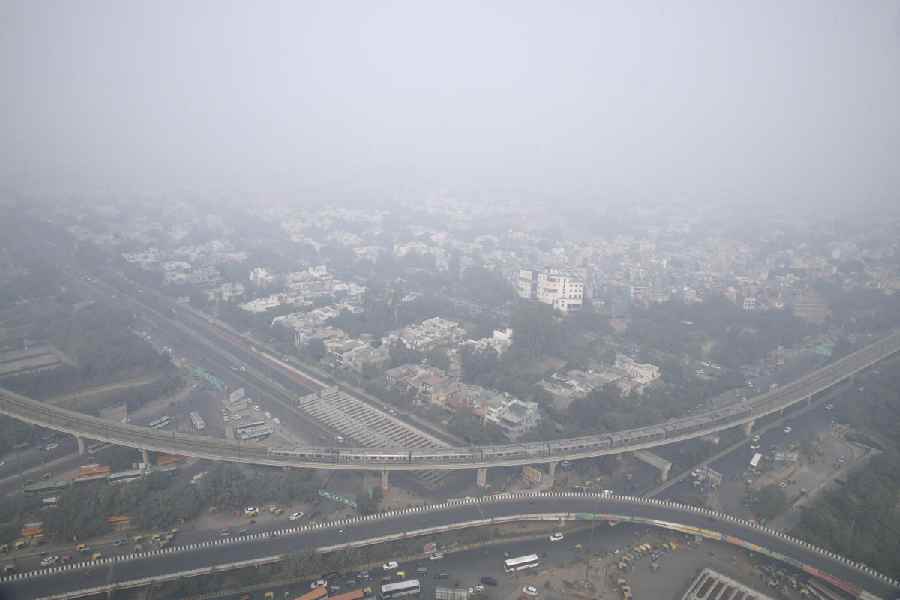World Bank will provide a $68 million assistance to Nagaland to enhance its education system and school management and improve teaching practices and learning environments.
The project information document of the project, Enhancing Classroom Teaching and Resources, said schools in Nagaland suffer from a lack of basic infrastructure, dilapidated buildings, inadequate toilet facilities, traditional design and arrangement of spaces that may not be conducive to learning.
The project is scheduled to be put up before the World Bank board for approval in September this year. “There is a lack of systems for reliably registering teacher presence/absence, detecting teacher proxies, and following up with measures/sanctions for these kinds of professional faults. Teacher recruitments tend to be ad-hoc; there were instances of teachers being recruited, without due process or qualifications,” the document, which has now been made public, said.
It said the government school education system in Nagaland, comprising about 2,000 government schools catering to around 1,50,000 students, is primarily characterised by low enrolment and low-learning outcomes at all levels, large inter-district disparity in achievements, and low service delivery capability at the state and sub-state levels. Under the improving system and school management component of the project, the bank will enhance monitoring and evaluation processes and systems, and the related performance of education functionaries.
The financing could be directed towards strengthening of Nagaland’s education management information system (EMIS). It said to build capacity at the service provider level, the project might finance upgrade of select teacher training institutions in Nagaland (District Institutes of Education and Training or DIETs) to enhance their capacity to implement high-quality in-service teacher professional development strategies.
The enhanced teaching and learning environment component aims to develop “best practice” sites to demonstrate reforms for improving the learning environment and classroom instruction in the state. Learning environment refers to the locations (not just classrooms) and contexts in which students learn within the school premises.
“The proposed approach is to select a set of existing higher secondary schools in Nagaland and develop them into composite schools (that offer pre-primary to higher secondary grades), called Lighthouse Schools, with enhanced learning environments. The proposed development of a set of these schools will include rehabilitation and expansion (when needed) to provide internet connectivity, multifunctional spaces, transformable classrooms, library spaces and breakout spaces for student learning and interaction,” the document said.











